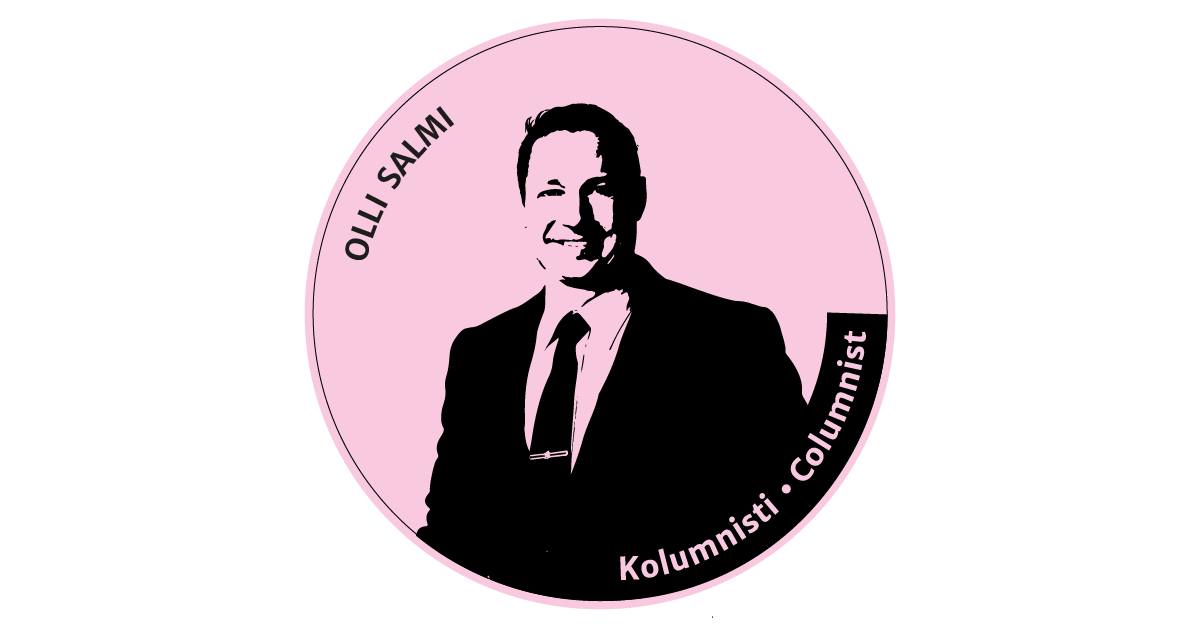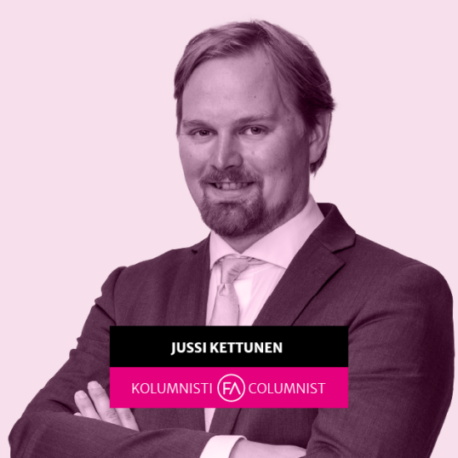
Moral hazard is a phenomenon in which banks take excessive risks to secure the profits of their shareholders, knowing that taxpayers will be there to bail them out if need be. Contrary to some media opinions, this is not what really happened in the cases of Silicon Valley Bank (SVB) or Credit Suisse.
The underlying reason behind SVB’s collapse was the accumulation of a large volume of Covid relief grants in the Californian SME sector, which caused the bank’s deposit base to swell from $50 billion to $190 billion in just a few years. SVB invested the deposits into fairly conservative and safe instruments, such as government bonds. When the Fed hiked its key interest rate, two things happened at the same time: customers began to withdraw their deposits at a fast rate and the value of SVB’s fixed-rate investments fell. The bank was forced to start selling its investments at a loss, which triggered a panic that was further fuelled by the bank’s capital investors. This caused a bank run that eventually led to the bank’s collapse. The collapse was not directly caused by excessive risk-taking, but rather by unexpected and fast back-and-forth changes in the operating environment, which affected the bank’s unique balance sheet structure and which the bank’s risk management was unable to handle.
The situation at Credit Suisse was different. Not only did the Swiss bank take high risks and run into reputation crises, but its owners had also suffered back-to-back losses from its falling stock price more or less since the financial crisis. In the end, customers ran out of confidence and began to move their deposits to other banks. After the bank was acquired by its larger competitor UBS, Credit Suisse’s shareholders only received a symbolic piece of the total consideration: less than 10 per cent of the value of their shares two years ago. Anyone who had invested in hybrid instruments, which are recognised as the bank’s own funds, lost their entire investment.
======
The banks’ shareholders and risk investors
were not saved using money from taxpayers or depositors.
======
When the banks collapsed, one of the fundamental principles of modern banking regulation was fulfilled: the banks’ shareholders and risk investors were not saved through bail-out using the money of taxpayers or depositors. Credit Suisse’s deposits are now safe at UBS. And in California, the deposits that fall outside the deposit guarantee scheme are also compensated to their depositors from the assets of the bank that acquired Silicon Valley Bank’s assets and deposits – not from taxpayer money. Switzerland did grant guarantees for Credit Suisse’s assets, but these funds were not used to save investors but to secure the Swiss banking system and, ultimately, its entire economy.
Were the SVB and Credit Suisse cases perfectly handled? Perhaps not, but crisis resolution rarely is perfect. What we can say is that the cases appear to have been managed well enough to prevent any large-scale chaos in the markets, and that the measures fulfilled the bail-in principle at least adequately.
Still have questions?
|Contact the columnist
Looking for more?
Other articles on the topic

Increasing regulation must not restrict banks’ ability to finance the carbon neutral transition

National liability must come before liquidity assistance – Finance Finland’s summer party panel focused on the European deposit insurance scheme

Finnish banks’ and insurers’ performance and operating environment in 2023: Banks unshaken by international crises, insurers also enjoyed a good year

Global minimum tax rules are causing banks problems in leasing – Nordic countries call for the OECD to amend its guidelines




